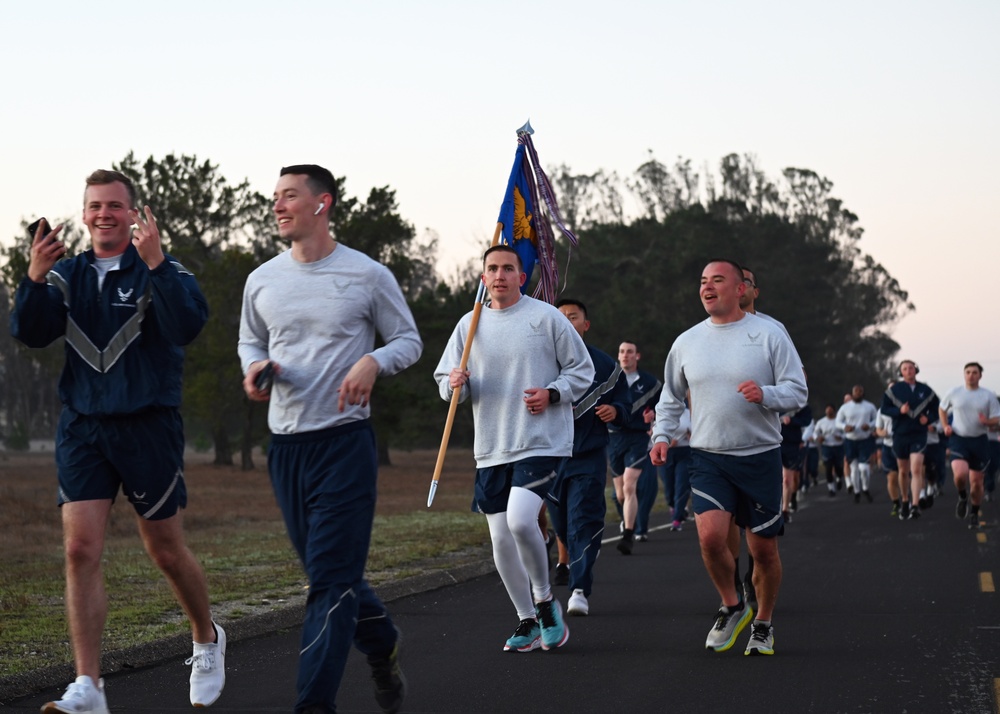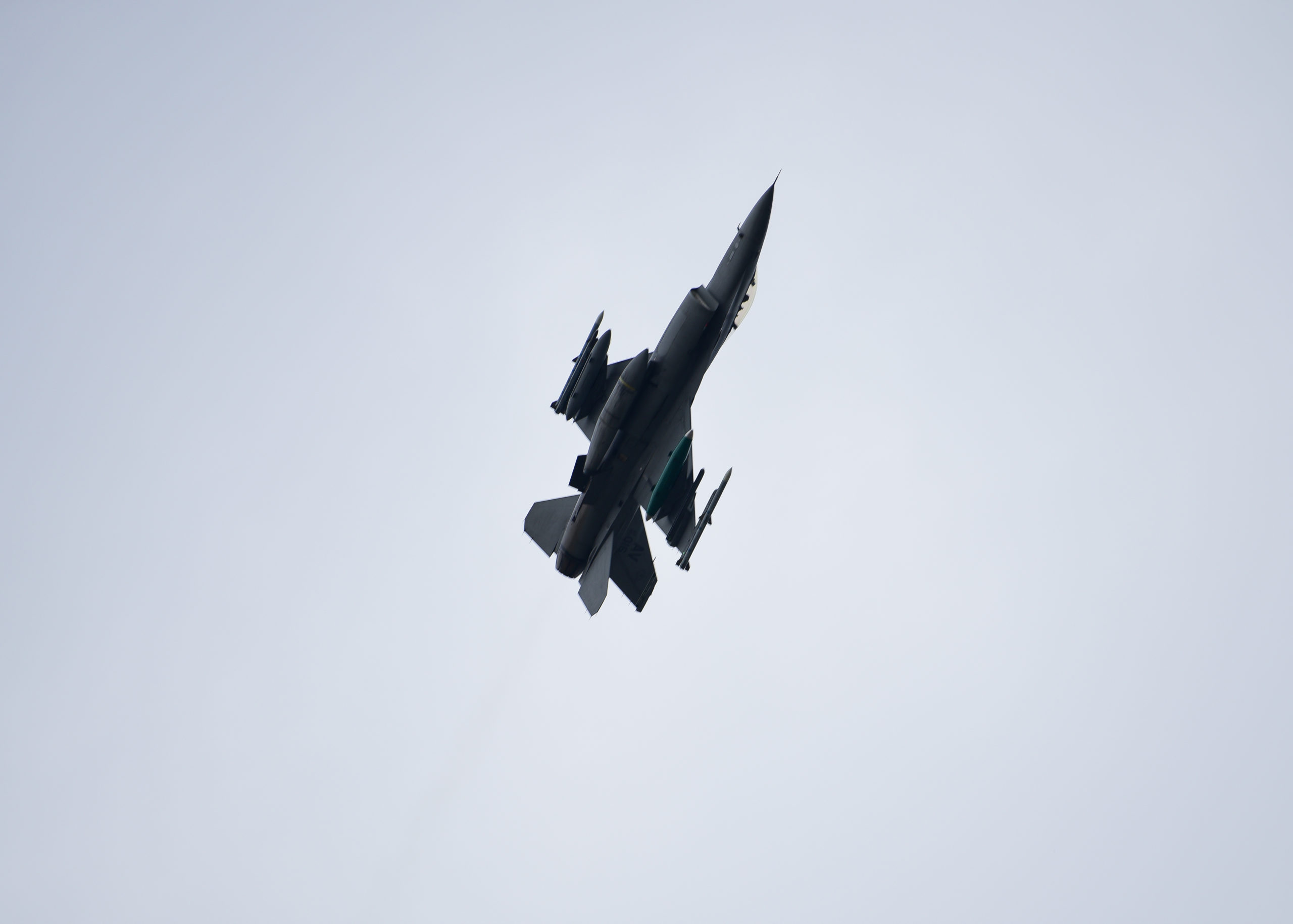Slovakia has agreed to provide its S-300 air defense systems and MiG-29s to Ukraine “immediately” if it can get “proper” replacements in a timely manner, Slovak defense minister Jaroslav Nad told reporters in a joint press conference with U.S. Defense Secretary Lloyd J. Austin III on March 17. However, Austin said he had no agreement to announce.
Austin also reiterated U.S. opposition to creating a no-fly zone over Ukraine, and Nad said a number of NATO countries will up their defense spending beyond the target of two percent of their gross domestic product.
“We are willing” to provide what he called the “legacy” systems to Ukraine, Nad said. “We’re willing to do so immediately when we have a proper replacement,” he added. The S-300 is Slovakia’s only strategic air defense system, he said, and if Slovakia turned its gear over to Ukraine, this would “create a security gap in NATO.”
Nad also pointed out that his first duty is to defend Slovakia and its territory, indicating he’s not willing to simply transfer the equipment without a replacement in hand.
“We’re in discussions. There are no public comments to make as of now,” he said, but he indicated that a temporary deployment of some other country’s air defenses might be acceptable while Slovakia waits for whatever it will replace the systems with.
“Should there be a situation that we have a proper replacement, or, we have a capability guarantee for a certain period of time, then we would be willing to discuss the future of the S-300 system,” he said.
Austin, asked to comment, said, “I don’t have any announcements for you this afternoon. These are things that we will continue to work on with all of our allies, and certainly this is not just a U.S. issue—it’s a NATO issue.” He said it’s a topic on which “we will engage a number of allies and partners … in terms of what they’re able to do and what would be required for backfill.” Those discussions are ongoing, he said.
Austin thanked Nad for Slovakia’s willingness to host additional NATO forces. Those forces will be protected by a battery of Patriot air defense systems. Slovakia has just one S-300 battery.
Radovan Javorcik, Slovakia’s Ambassador to the U.S., told Air Force Magazine that his government has agreed to allow the NATO unit to stay on rotations of six months, but these “can extend for one year,” and the Patriots would stay with them during that period.
Nad said the two countries are also discussing “various options for how to fill in this gap” if it also decides “not to use MiG-29s anymore” and to send those aircraft to Ukraine. Slovakia is set to receive 14 new F-16 Block 70 fighters, but the delivery of those jets has been delayed a year, from 2023 to 2024.
Javorcik said the MiG-29s will be phased out in October 2023, regardless of whether the new jets are available.
“Even if Norway were to send” their retiring F-16s right away—one of many puts and takes NATO has discussed to beef up the Eastern flank—Slovakia is still not yet ready to do more than basic maintenance for them, Javorcik said. The F-16 “ecosystem” still has to be developed in Slovakia, he said.
“The new F-16s will not come earlier than … late ‘23, early ’24,” he noted, “So we need to talk to everybody, to all allies,” about how to cover Slovakia’s air defense needs during the interim.
Asked about establishing a No-Fly Zone over Ukraine, Austin reiterated President Biden’s comments that such an arrangement would by definition put NATO into a direct “fight” with Russia, given that ground-launched missile systems and aircraft that launch missiles over Russia would be targets.
“There is no such thing as a no-fly-zone ‘lite,’” he asserted.
“In order to control the skies, you have to shut down the air defenses,” Austin said. “They’re on the ground. And some of those air defense systems are in Russia. And so, again, there’s no easy or simple way to do this. … A no-fly zone means that you’re in a conflict with Russia. So from a U.S. perspective … our position remains that we’re not going to do that.”
Austin said Russia is “using a lot of rockets and missiles and artillery” against Ukraine, and “there are a number of things that can be used to counter that. We’ve seen that the drones have been … very effective. We’ve also seen having the ability to conduct counter-fire with rockets and artillery is also very effective. And so I think increasingly we’ll see the Ukrainian forces turn to those methods to counter that.” A no-fly zone, he said, would not have solved that problem nor the threat from cruise missiles launched from inside Russia.
Nad said that during the NATO ministerial meeting in Belgium, Slovakia agreed to spend more than NATO’s agreed target of two percent of GDP on defense. That “should be just a base” amount, he said, indicating Slovakia’s spending will likely be about as much as Poland and other Baltic NATO countries have committed to, which is about 2.5 percent of GDP.
“I can confirm” that a number of NATO countries have readjusted their planned spending to three percent of GDP, he said.
The “enhanced forward presence troops” that will be deployed to Slovakia “in the upcoming days” will will “provide something that we are lacking here in Slovakia, and they will strengthen our defense and they will strengthen it in a significant way,” Nad said.
He and Austin broadly discussed the “modernization of the Slovak armed forces,” which includes building a new mechanized brigade “and other capabilities.”
Slovakia shares about a 60-mile border with Ukraine, to its east.
Austin said part of the reason for his visit was to demonstrate NATO unity and solidarity with Ukraine. The discussions about the S-300 and MiG-29s indicate that the alliance is “working urgently” to help Ukraine defend itself, he said.
“Our commitment to Article 5 is ironclad,” Austin added, referring to the NATO clause that an attack on one member is considered an attack on all. “We sought additional U.S. forces to reinforce our NATO allies. And we have more on call, ready to go if NATO activates its response forces.”
Austin was asked if Russia’s attacks on Ukraine constitute war crimes, and if so, whether that requires a change in U.S. posture.
“Certainly, we’ve all been shocked by the brutality that we continue to witness, day in and day out,” Austin answered. “Purposely” targeting civilians “is a crime,” he said.
“These actions are under review by our State Department,” he added, and there’s a process underway to examine the situation and whether it demands a change.
In the meantime, “we call upon Mr. Putin to cease these horrible actions. Again, these are civilians and not combatants, and so they should not be targeted.”










